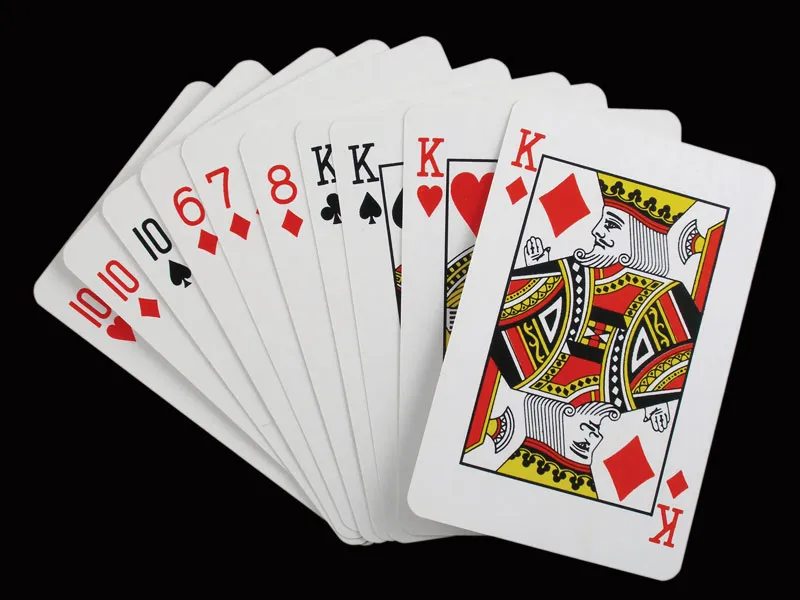Rummy Cards How Many Cards, Rummy is a popular card game enjoyed by millions around the world, known for its blend of strategy, skill, and social interaction. One of the essential aspects of Rummy that players need to understand is the number of cards used in the game. This can vary depending on the specific variant of Rummy being played. In this article, we will explore the different types of Rummy games and the number of cards typically involved in each.
Standard Rummy Setup
In most Rummy variants, a standard deck of cards is used. Here’s a breakdown of the common setups:
1. Classic Rummy
- Number of Players: 2 to 6
- Number of Cards: Each player is usually dealt 10 cards when playing with two to four players. If there are five or six players, the number of cards dealt may be reduced to 7.
- Decks Used: One standard deck of 52 cards.
2. Indian Rummy
- Number of Players: 2 to 6
- Number of Cards: Each player is dealt 13 cards.
- Decks Used: Typically played with two decks of 52 cards, including jokers (wild cards), making a total of 108 cards.
3. Gin Rummy
- Number of Players: 2
- Number of Cards: Each player is dealt 10 cards.
- Decks Used: One standard deck of 52 cards.
4. Canasta
- Number of Players: 4 (usually played in partnerships)
- Number of Cards: Each player is dealt 11 cards.
- Decks Used: Two standard decks of 52 cards, including wild cards.
5. Kalooki
- Number of Players: 2 to 6
- Number of Cards: Each player is typically dealt 13 cards.
- Decks Used: Two decks of 52 cards, often including jokers.
6. Oklahoma Rummy
- Number of Players: 2 to 6
- Number of Cards: Each player is dealt 10 cards.
- Decks Used: One standard deck of 52 cards, but the value of the first card drawn can determine the meld requirements.
7. Contract Rummy
- Number of Players: 2 to 6
- Number of Cards: The number of cards dealt can vary based on the specific contract for each round, usually ranging from 7 to 13 cards.
- Decks Used: Two decks of 52 cards.
Understanding the Card Dealing Process
The process of dealing cards is crucial in Rummy games. After shuffling the deck, the dealer distributes the specified number of cards to each player. The remaining cards are placed face down to form the draw pile, while the top card is turned face up to create the discard pile. Players take turns drawing from either pile to form valid sets and runs.
Conclusion
The number of cards used in Rummy varies widely depending on the specific variant being played. From the 10 cards in Classic and Gin Rummy to the 13 cards in Indian Rummy, understanding the rules of the specific variant you’re playing is essential for enjoying the game. Knowing how many cards each player receives helps set the stage for strategy and gameplay, making Rummy a challenging and enjoyable experience for everyone involved. Whether you’re a beginner or a seasoned player, grasping the nuances of card distribution is a key element in mastering Rummy.




